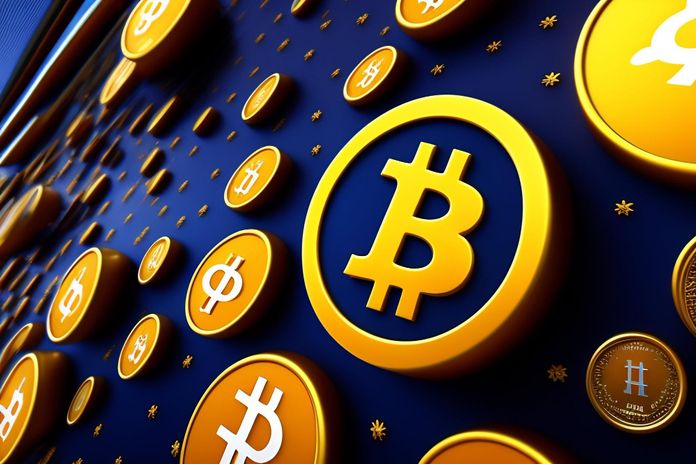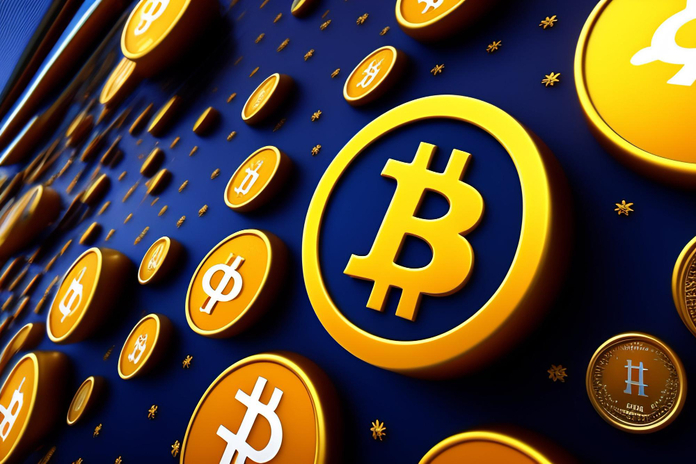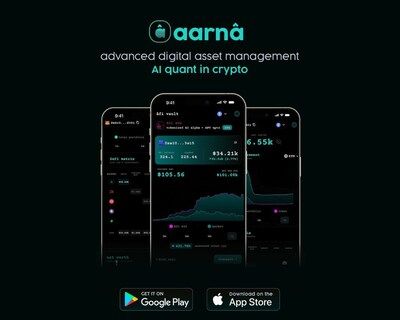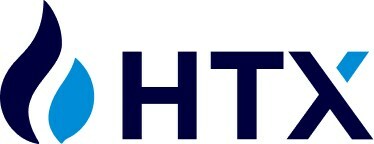Arthur Hayes Warns of Crypto Market Downturn

Arthur Hayes, co-founder of BitMEX and a macroeconomic strategist at Maelstrom, has issued a stark warning for crypto investors. He predicts significant turbulence in the crypto market around Donald Trump’s potential inauguration in January 2025. Hayes views this anticipated downturn as a short-term correction within the broader crypto bull market cycle.
Crypto Crash Expected in January 2025
According to Hayes, the crypto market correction will likely occur near Trump’s inauguration date of January 20, 2025. Maelstrom, his investment firm, is preparing to scale back its exposure during this volatile period. Hayes plans to strategically reacquire key holdings at discounted prices during the first half of the year, positioning his portfolio for the next growth phase.
“Many traders attempt to time the market but often sell too early and lack the confidence to reinvest at higher prices,” Hayes explained. “This behavior often results in missed opportunities during a bull market. By recognizing this risk, our team is prepared to adapt swiftly if the market defies expectations.”
Trump’s Policies as a Volatility Catalyst
Hayes highlights Donald Trump’s anticipated return to the presidency as a significant catalyst for market instability. He believes Trump’s policies will expose structural weaknesses in the global financial system, ultimately bolstering Bitcoin (BTC) and other cryptocurrencies as long-term investments.
“Trump’s policies compel global leaders to address national economic challenges,” Hayes said. “Even before his potential return, these issues are reinforcing my conviction in the trajectory of financial repression and money printing.”
However, Hayes cautions that crypto investors may overestimate the speed at which Trump can enact transformative changes. He predicts the crypto market will soon recognize the limitations of Trump’s influence, particularly during his first year in office. This realization could trigger a sharp sell-off in cryptocurrencies and related equity trades.
Strategic Preparations for Crypto Market Volatility
To navigate the anticipated volatility, Maelstrom is implementing a dual strategy. The firm plans to reduce exposure during the downturn while maintaining readiness to reenter positions when the crypto market stabilizes.
“Our approach reflects a commitment to buying both market dips and rallies,” Hayes said. “This strategy ensures we capture the full potential of the ongoing bull market.”
Hayes also emphasized the importance of flexibility in investment strategies, particularly during periods of heightened uncertainty. His outlook underscores the need for crypto investors to remain vigilant and adaptive to evolving market conditions.
Broader Implications for the Crypto Market
Hayes’ prediction aligns with broader trends in the cryptocurrency space. Major institutions, such as Tesla Inc. (NASDAQ:TSLA), have increasingly integrated Bitcoin into their balance sheets, signaling confidence in its long-term value. However, the sector remains highly susceptible to external events and policy changes, making strategic foresight essential for navigating market fluctuations.
Hayes’ forecast serves as a reminder of the dynamic and unpredictable nature of the crypto market. While the anticipated downturn may cause short-term disruptions, it also presents opportunities for strategic investors to capitalize on discounted valuations.
Conclusion
Arthur Hayes’ warning of a crypto market downturn near Trump’s January 2025 inauguration highlights the intricate relationship between political events and market dynamics. By recognizing the potential for short-term volatility and preparing accordingly, investors can position themselves to thrive in the evolving crypto landscape. As Hayes and his team demonstrate, adaptability and strategic planning are critical for navigating the challenges and opportunities within the digital asset space.
The anticipated market correction and the broader implications for the crypto market underscore the importance of staying informed and adaptable in this fast-evolving space. Investors should carefully consider their strategy and timing in the months leading up to this significant event to maximize their gains and mitigate potential risks.
Featured Image: Freepik @ produtizebro











